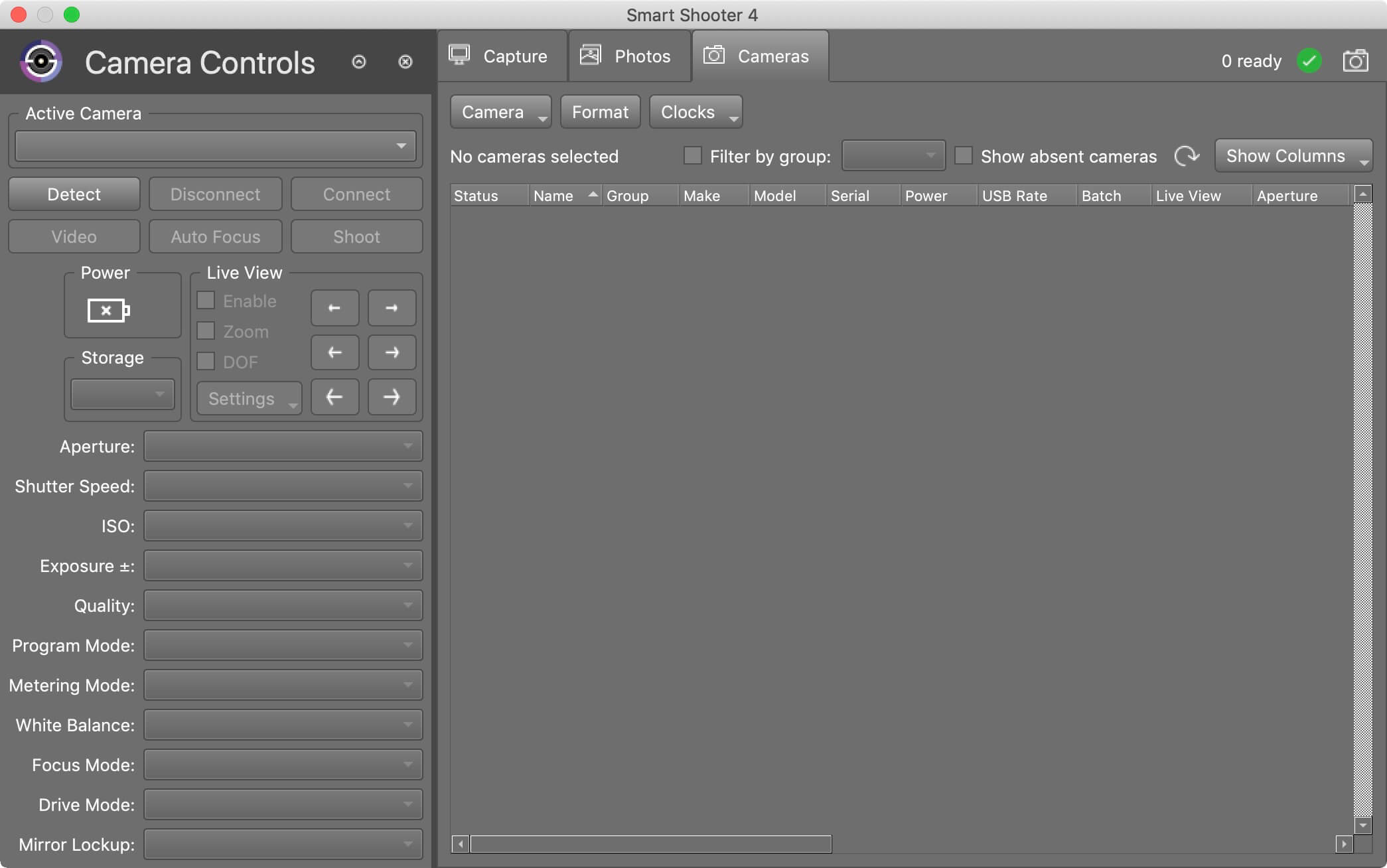

- Smart shooter multi camera example android#
- Smart shooter multi camera example pro#
- Smart shooter multi camera example plus#
- Smart shooter multi camera example tv#
Most-including Apple, OnePlus, HTC, Xiaomi, Motorola, Nokia and Vivo models-use a traditional camera module paired with a 2x telephoto module, although the Huawei Mate 20 Pro and P20 Pro make use of a 3x telephoto. So over the last two years, almost all flagship phones have moved to a dual-lens-and-sensor design for their rear-facing camera instead of trying to add an optical zoom. The physics of lens design make it very complex to fit a zoom lens into the thin body of a high-end smartphone. Starting with Samsung’s Galaxy S4 and S5 Zoom, a few specialized phones had an optical zoom (made possible by their bulky design), but most popular models offered only a limited-quality, digital zoom capability that used some combination of cropping and post-capture resizing.
Smart shooter multi camera example plus#
Until the introduction and market success of the Apple iPhone 7 Plus in 2016, zooming in on a smartphone was almost always entirely digital. In each case, it is important to keep in mind that it is still early in the development of multiple-camera smartphones, so expect to see rapid progress in the technology and the features it enables over the coming years. We’ll take a look at how multiple camera phones have evolved, at how they’ve improved the photo experience for phone owners, and at the challenges that phone makers have had to tackle to make them work. Having multiple cameras has made an array of new features possible-zoom, better HDR, portrait modes, 3D, and low-light photography-but it has also presented new challenges. The small Z-height, as the industry refers to the thickness of a phone, has caused designers to make use of the larger width and height of phones by adding additional cameras to their designs. However, users also want thin phones, which greatly limits the size of the individual camera modules that can be used. Send to Smartphone Func.: Cnct.With the growing importance of camera performance to smartphone makers and users, manufacturers have worked hard to add features and to improve image quality.Send to Smartphone Func.: Sending Target (proxy movies).Send to Smartphone Func.: Send to Smartphone.

Controlling the camera using an iPhone or iPad (SSID).Controlling the camera using an iPhone or iPad (QR Code).

Smart shooter multi camera example android#
Smart shooter multi camera example tv#
Viewing images on a TV using an HDMI cable.Deleting multiple selected images (Delete).Specifying images to be printed ( Specify Printing).Playing back images using slideshow ( Slide Show).Switching between still images and movies ( View Mode).Playing back images on the image index screen ( Image Index).Rotating recorded images automatically ( Display Rotation).Enlarging an image being played back ( Enlarge Image).Capturing still images while recording movies (Dual Rec).Livestreaming video and audio (USB Streaming) (movie).Shooting super-slow-motion movies (HFR Settings).Capturing a standard white color to set the white balance (custom white balance).

The zoom features available with this product.Correcting brightness and contrast automatically.Controlling the exposure/metering modes.Recall (Camera Settings1/Camera Settings2).Selecting still image size/image quality.Taking pictures of yourself by monitoring the screen.Selecting a drive mode (Continuous shooting/Self-timer).Inserting a memory card (sold separately).Supplying power from a wall outlet (wall socket).Battery life and number of recordable images.Charging the battery pack while it is inserted in the camera.Checking the camera and the supplied items.Switching the screen display (while shooting/during playback).Using Fn (Function) button (Function menu).Assigning frequently used functions to buttons ( Custom Key).Change the composition or re-shoot the image carefully to avoid image blur, as needed. (Auto HDR error) will be displayed over the recorded image to inform you when the camera detects image blurring. When the contrast of the scene is low or when product shake or subject blur occurs, you may not obtain good HDR images.When the flash is used, this function has little effect.You may not obtain the desired effect depending on the luminance difference of a subject and the shooting conditions.You cannot start the next shot until the capture process is completed after you shoot.is not available in the following situations:.is not available in the following shooting modes:.This function is not available when the is or.


 0 kommentar(er)
0 kommentar(er)
